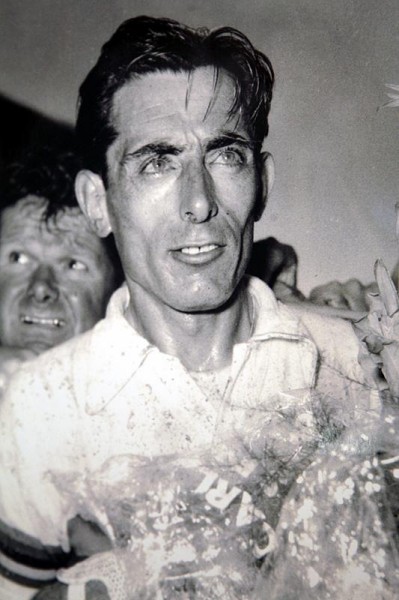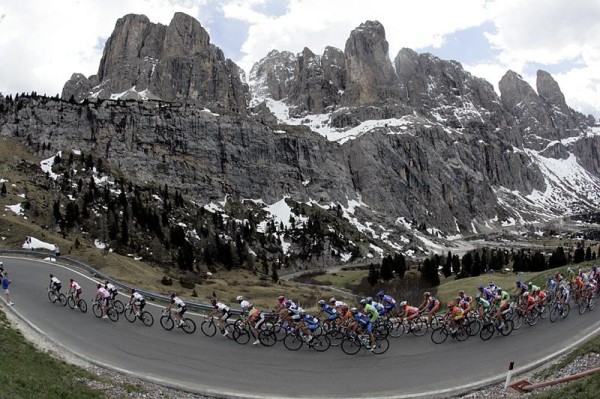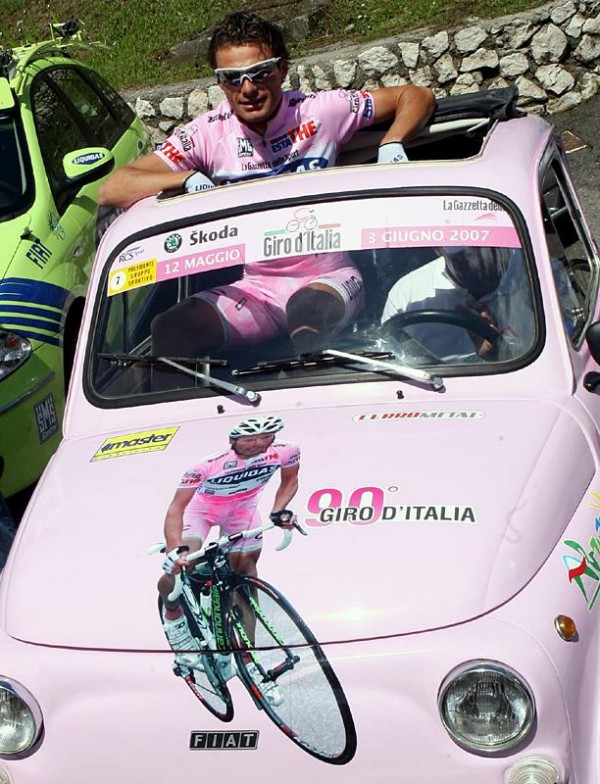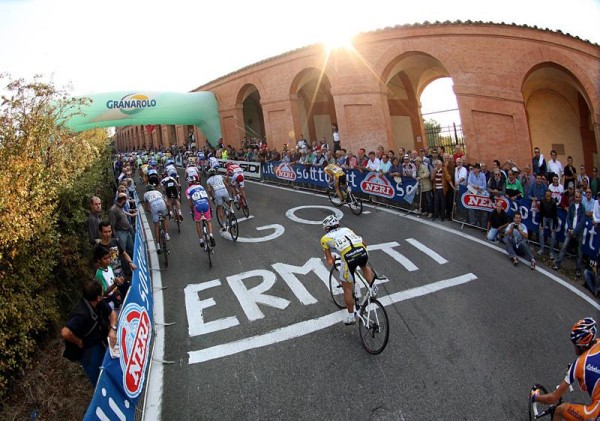Giro's key battlegrounds
Where the Giro is won




The 2009 Giro d'Italia presents key battlegrounds where those riders with ambitions of success can make their mark. In comparison to previous years, the centennial edition has an incredibly deep field, meaning those integral stages should be more hotly contested and more entertaining.
The best aspect about the Giro d'Italia's 100th anniversary route is its variation – it foregoes any formulas to prevent 'stagnant' racing and covers all of the country's great cities. Though criticised by some for lacking the traditional Alpine and Dolomite stages, Giro organiser RCS Sport has developed a route that should promote open, exciting racing and some fantastic strategic battles.
Let's take a look at some of the key areas of the race where the battles will take place, names will be made and reputations will be put on the line.
Opening shots
Stage four to San Martino di Castrozza, 162km
Taking riders from the industrial hub of Padova, the Giro's fourth stage offers the potential for an early, albeit slight, general classification shakeup that will get observers talking.
The parcours skirts passes the city of Bassano del Grappa to Feltre where climbing begins. The Croce d'Aune, with an average gradient of 6.3 percent and a maximum of 12 percent shouldn't cause too many headaches for the big riders and the summit finish at San Martino di Castrozza should see a fairly big group come home due to an average gradient below six percent.
Dolomiti double
Get The Leadout Newsletter
The latest race content, interviews, features, reviews and expert buying guides, direct to your inbox!
Stage five to Alpe di Siusi, 125km
The Dolomites feature for a second time in the opening days of the Giro d'Italia with a down-and-up stage to Alpe di Siusi. It is still early in the race, but the overall contenders will need to be careful or they could miss a critical move.
There are effectively 57.2 kilometres of descending after the initial and gentle 8.2-kilometre climb up the Passo Rolle. That is countered by 25 brutal kilometres of climbing from Prato all'Isarco to the finish at Alpe di Siusi. That's an average gradient of 6.1 percent, with the final ramp dishing out an unforgiving 8.1 percent grade.
A Coppi twist
Stage 10 to Pinerolo, 262km
This is undoubtedly the queen stage of this year's Giro d'Italia. The distance is epic, the climbs are iconic and the day is made for gnarly climbers such as Gilberto Simoni, who revels in this type of tough terrain. It comes the day after the first rest day – riders had better make the most of the time off because they'll need it.
Originally it mirrored the stage Fausto Coppi won by an incredible 11 minutes in the 1949 Giro, with the Colle della Maddalena, Col de Vars and Col d'Izoard. It won't travel up any of these climbs due to a combination of natural hazards (landslides) and a clash between Italian and French radio frequencies.
It's undeniable that the stage, which was designed to celebrate the essence of the Giro, won't garner the same level of intrigue as originally expected. However, it's likely the attacks will be on tap throughout the day, which should compensate for the truncated climbing on offer.
Time to go on trial
Cinqueterre's 60.6km run
At 60.6 kilometres and boasting over 1000m of climbing, this is a time trial like the Giro d'Italia has not seen for some time. RCS Sport has been criticised for 'tailoring' the route to suit the strengths of Lance Armstrong (Astana). It may or may not be true, but one thing's certain – the second test against the clock will shake up the general classification in a big way.
On paper Ivan Basso (Liquigas) looks to be the favourite by virtue of the fact that he's a good time trial rider and he can climb. Due to the amount of climbing, however, smaller men such as Gilberto Simoni (Diquigiovanni) and Damiano Cunego (Lampre-NGC) can compensate for a lack of sheer horsepower by taking time on the ascents.
This time trial sets up a mouth-watering final week where only the strongest will remain in contention for overall honours.
Deception: stages 14 to 17
Stages 14, 15, 16 and 17 will offer those lower on the general classification the chance to move up the ladder. With a couple of days in the Appennino mountain range, the stage profiles almost resemble that of a one-day Classic, such are the number and frequency of the ascents in the Emilia-Romagna, Marche and Abruzzo regions.
For that reason, riders who excel in the hilly Classics will be the men to watch – Damiano Cunego and Danilo Di Luca (LPR Brakes-Farnese Vini). The placement of these days after the big time trial is a masterstroke to maintain overall classification intrigue.
These stages are also a chance for the strongmen that favour their fortunes in a break to come out and play in front of the peloton. While the serious classification contenders may hold back to watch for mistakes from their rivals on stage 16, renowned riders such as Jens Voigt will get their turn to strike for stage honours.
The day to Blockhaus may prove most decisive of the last week as the 22.5-kilometre drag shoots up to 2064 metres at an average gradient of 6.8 percent. It could be a day for Denis Menchov (Rabobank) or for local rider Di Luca to honour the earthquake victims.
Eternal city showdown
As fitting as it would be to have the 92nd Giro d'Italia decided on the 15.5-kilometre time trial course through Rome, it will probably be the coronation ceremony for this year's king. There's the possibility for some shuffling lower on general classification, although the podium spots should be fairly secure.
The distance will reward all-out horsepower, which means climbers had better ensure they're positions are safe going into the final day.
Having ridden to the top of the Vesuvio volcano and taken on most of what Italy can offer, Rome is a fitting place to end this three-week odyssey.